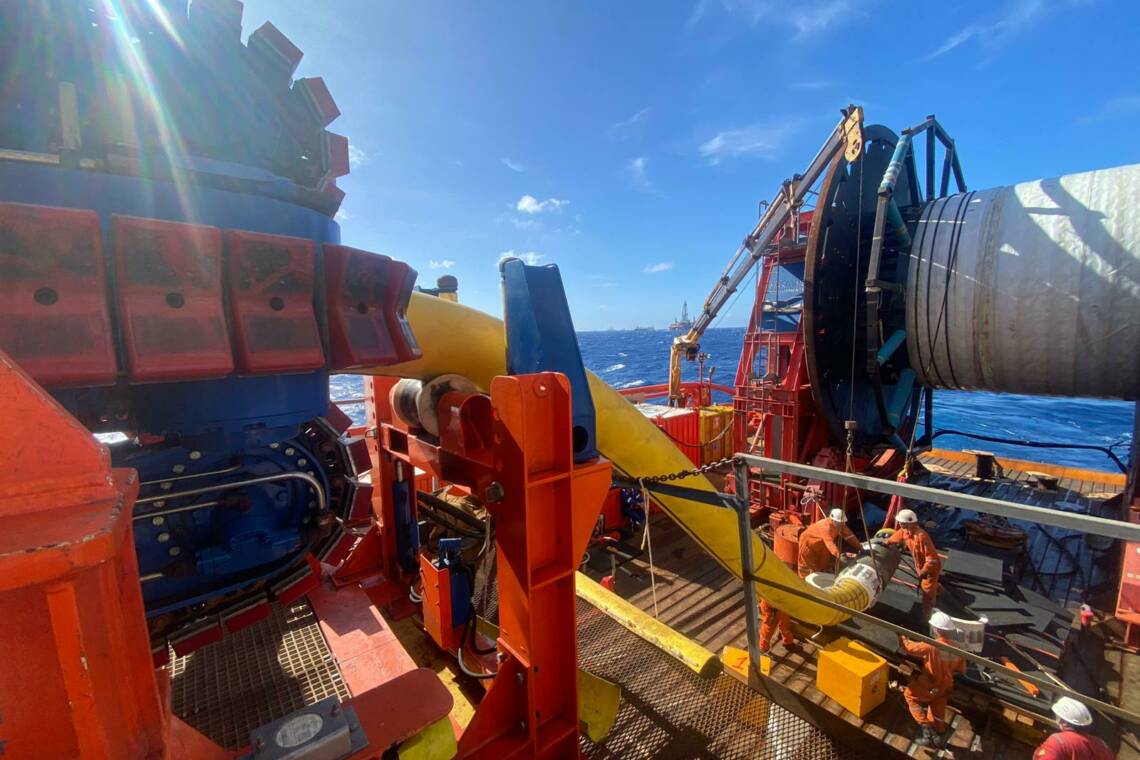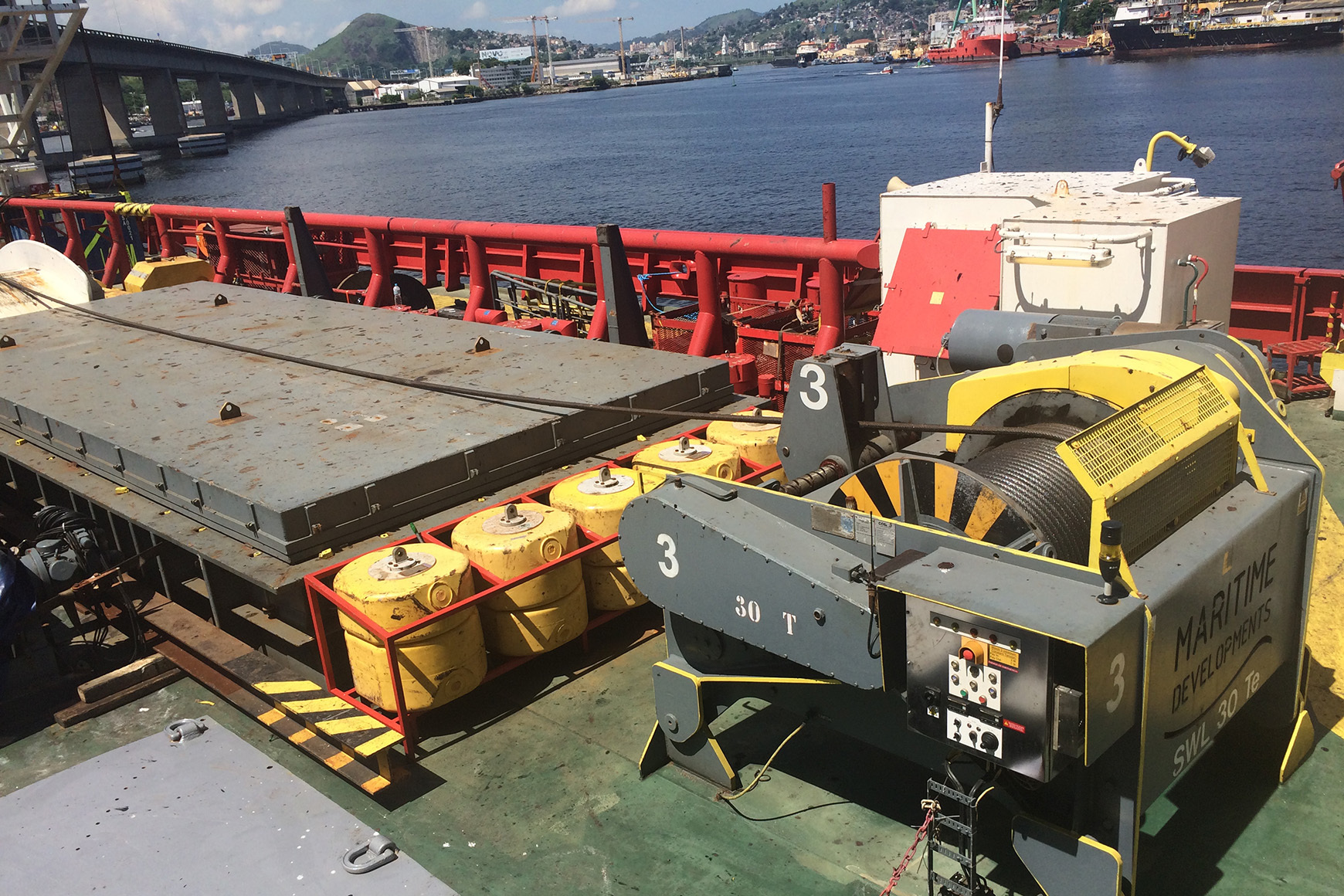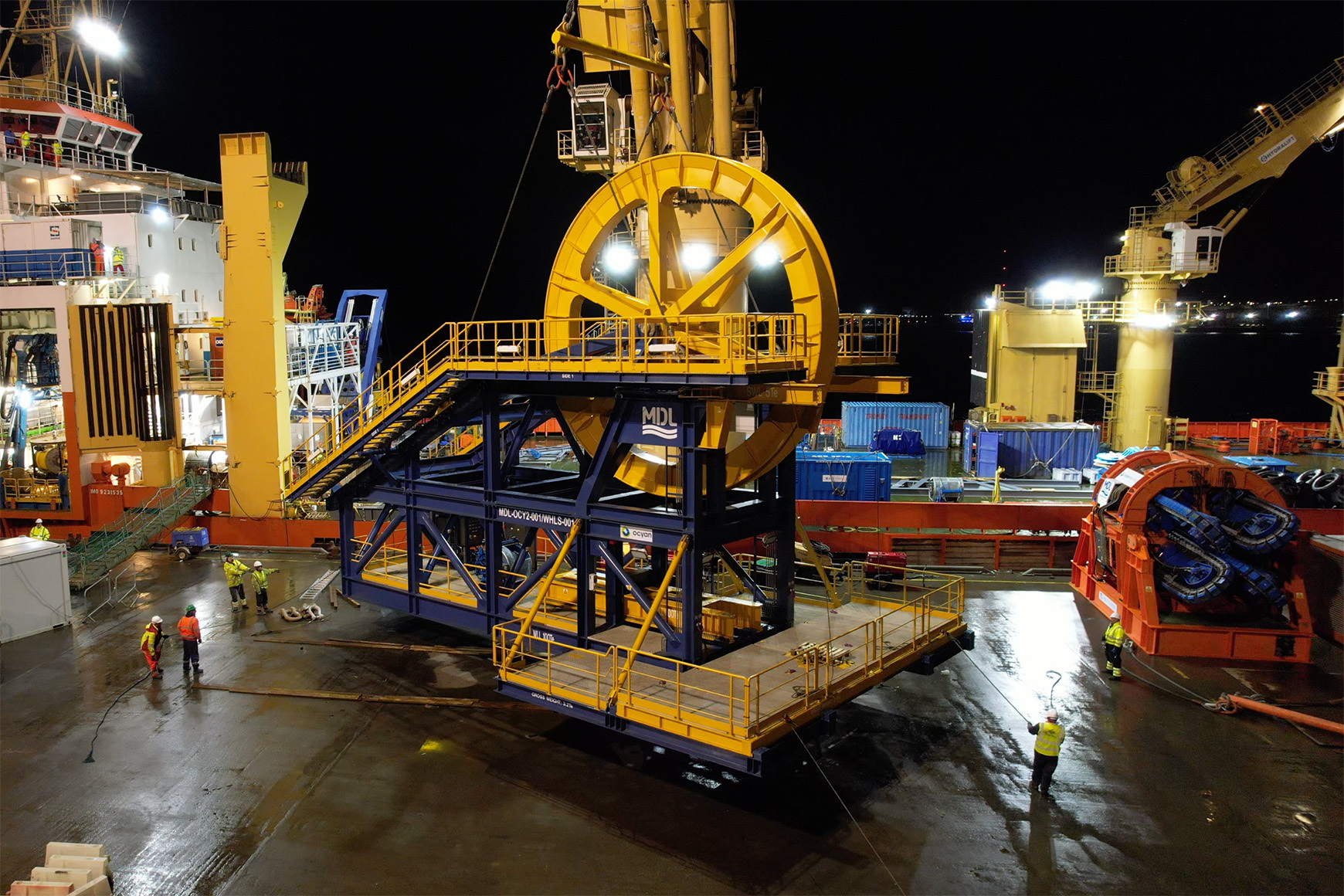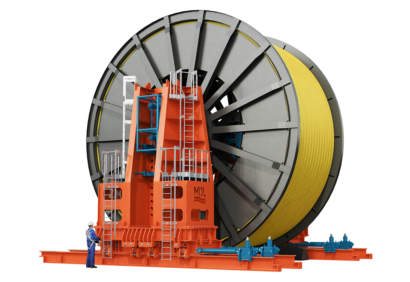Brazil means Business

International Trade - our regional focus series
To mark our success in International Trade, MDL has produced a series of articles looking at our exporting activities in specific regions. In this article, we take a look at the situation in Brazil.
Following a pandemic-induced lull in activity, the global demand for oil and gas has by this point not just bounced back but surpassed pre-Covid levels. No wonder then that the world's fifth-largest country by area and seventh most populous, Brazil is producing three million barrels per day (bpd) - and that could increase to five or six bpd by the end of the decade.
Significant energy reforms, frequent oilfield finds and opening of oil bidding rounds have been attracting energy operators from around the world.
State-owned Petrobras is responsible for 92% of Brazil’s oil and gas production, but there are 47 local and 50 foreign companies that hold oil rights to exploration and appraisal areas in the country.
The return of Luiz Inacio Lula da Silva as Brazil's president following the ousting of Bolsonaro doesn’t seem to have changed this trajectory.
In his victory speech last October, Lula da Silva said that Brazil would continue to rely on investors.
“We're going to regain credibility, visibility and stability in the country, so that investors - both national and foreign - can renew confidence in Brazil,” he had said.
Brazil's hydrocarbon production plans
Deep pre-salt fields are responsible for more than 60% of national hydrocarbon production in Brazil.
As these fields have proven to be extremely productive, most opportunities for oil and gas operators are expected to relate to the pre-salt projects. Together, in the medium to long-term, there are plans to drill 300 offshore wells, order 17 new production units, and build 600km (373 miles) of gas pipelines in Brazil.
Natural gas production is increasing because of the development of Brazil’s vast offshore reserves, estimated at 12 trillion cubic feet at the beginning of 2020.
However, Petrobras currently prioritises crude oil production over natural gas production. In fact, most natural gas is reinjected for enhanced oil recovery in the pre–salt fields.
Common challenges facing the Brazilian gas market include high CO2 content, distances from the offshore gas fields to the coast, limited gas pipeline infrastructure, and the need to boost domestic demand.
Despite these challenges, our Managing Director Andrew Blaquiere is confident this is a region where overall activity is only going to increase.
“In a changing industry, we’re proud to be leading the way in sustainable and innovative back-deck technology – the result of our client-driven mindset,” he said.
“We have built up an enviable track record in Brazil, with each MDL solution tailored individually to the client and challenge at hand.”
Empowering customer success in Brazil
MDL has been operating in the region for well over a decade. It was way in 2012 that we received an order from one of our most established clients for a package of winches to go on board a pipelay support vessel (PLSV), purpose-built for Brazil operations.
In the space of the next three years, we had delivered a total of 40 electric winches of various sizes, alongside four electric tensioners, to Subsea 7 to enable four of those Brazilian PLSVs.

We’ve maintained the relationship, returning to Brazil in recent years to perform routine health and operational checks, alongside specialist upgrades to select winches – retrofitting load-cells to increase the systems’ functionality and therefore expand the capabilities of the onboard spread.
Last year we returned to the PLSVs with a brand new proposition: a bespoke aft recovery assembly, to facilitate safe replacement of lazy wave flexibles fitted with buoyancy modules.
Consisting of a chute, a removal device for buoyancy modules and a horizontal hang-off system, this tailored solution is also a versatile one - it can be deployed off any of the PLSVs as required, mountable in different locations on the stern of the vessels.
Elsewhere, we delivered a package of back-deck systems for flex-lay operations in the South American basin – also electrically-driven.
This order posed a new challenge in the form of the specific client requirement for the 85-tonne tensioner. While we are experienced in delivering 50-tonne line pull units and keeping them road-transportable (up to 162-tonne in fact), our previous designs above 50Te were based on dual-track opening in horizontal mode (butterfly-style) using hydraulic drives. The requirement of this client was to enable single track opening in the same set up, using electrical power.
Needless to say, we delivered to brief from our centre of technical excellence in Scotland, followed by integration on the end client’s vessel in Brazil and personnel support with operation and training – a testament to our commitment to tailored solutions specifically to our clients’ requirements.
Harnessing expertise: MDL's key role in Trident Energy's Marimbá field operations
In 2022, Trident Energy, one of the most experienced teams in the field of operating and redeveloping mature oil and gas assets, sought assistance in relocating two flowlines and installation of an umbilical in the Marimbá field.
Trident entered the Brazilian market in the summer of 2020 when it acquired the Pampo and Enchova clusters from Petrobras – 10 fields in total, located in the shallow part of the Campos Basin. They were initially developed by Petrobras in the 1980s.
Our campaign required disconnection of the production and gas lift flowlines from an existing MA-1 tree, recovery to surface for the installation and testing of a vertical connection module, and then connection to the new MA-34 subsea tree.
Besides providing the complete back-deck spread to perform the flex-lay operations, we also delivered project engineering support in a maiden execution approach for Trident. Due to the lack of construction vessels available, the operator opted for chartering a vessel of opportunity – a locally-available Offshore Support Vessel (OSV), or in other words, a bare back deck which is a concept MDL is very familiar and comfortable with.
The provision of a portable spread of market-leading equipment with our project engineering expertise, offshore track record and seasoned field service personnel, gave Trident all the tools to convert their chartered vessel into a lay system fitting within their execution schedule.
The successful completion of Trident’s first Brazilian subsea campaign to enhance production from the Pampo field results in the production of 4,400 barrels of oil per day.
The secondary success for Trident came from the fact that the operator was able to progress with their development plans on their terms. They optimised their budget through the application of local assets and single-sourcing the enablers from the matter experts.
Trident weren’t the only Brazilian IOCs to take that route – you can learn more from our blog Bring in the Experts.
The balancing act of decommissioning

Bringing new wells online efficiently isn't the only challenge that the Brazilian energy players are facing; the need for reinstatement of the seabed to its natural state is a necessity for existing operators and ambitious newcomers, regulated by the National Agency of Petroleum, Natural Gas, and Biofuels (ANP).
The decommissioning sector in Brazil has been growing, owing to the maturity of oil and gas infrastructure. As more offshore assets reach the end of their productive lives, there is an increasing demand for recovery services - which in Brazil can be costly due to the challenging offshore conditions: particularly the deep waters, which in their prime required specialist construction vessels to bring the fields to life.
At the same time, the Brazilian government encourages the participation of local content in decom activities - and MDL has been enabling these local players in overcoming the deep water retrieval challenge.
Throughout 2023 we have supported a Brazilian contractor in cost-efficient SURF recovery operations: using a modular spread on a vessel of opportunity. MDL used its portable Horizontal Lay System as the base case - already proven as a compact package for safe and efficient recovery of SURF with buoyancy modules.
However, engineering studies with the product specifications - combined with the environment in which the system would operate - highlighted limitations on handling the recovered pipes over a chute. Due to the friction between the flexible and the chute, the system's recovery capacity was dramatically reduced, even when using a high line pull-capacity tensioner. The solution to reduce friction was to replace the chute with a wheel - giving birth to MDL's Wheeled Horizontal Lay System.
Besides designing and manufacturing a brand new technology, we assisted the client with Project Management and Engineering services during the mobilisation of the offshore support vessel in port, followed by our expert field service team support on offshore operations.
We work with your engineering challenges wherever they are in the world. We find the flexlay solution that fits your business needs, empowering you with reliable enabling equipment and exceptional people. If you want to work with a company with a proven track record of delivering project success, get in touch now.
Então... Já visitou o nosso site em português?
- April 2024MDL supports Saipem on Greece INGS
- January 2024Preparation is key to a long life subsea
- January 2024Forward thinking with Holland
- January 2024Ensuring peak performance for FPSO and platform owners in 2024
- December 2023Reducing the risk of cable failures














